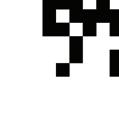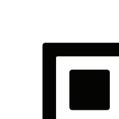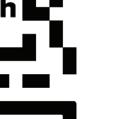CONTENTS
Welcome p. 4
Vocabulary: Personal information, Names and addresses; Countries and nationalities; Numbers 1–100; Days, dates, and times; Colors; Classroom language; Classroom objects
Vocabulary Skills Language toolkit
Unit 1
We are family p. 12
Unit 2 Have fun! p. 22
Family members Daily activities
Leisure activities Active hobbies Adjectives of opinion
Reading Blog: My awesome family Listening Interview: Emma’s daily life on a farm Speaking Meeting and introducing new people Writing An informal email to a pen pal
Reading Quiz: How much fun do you have? Listening Conversation: Choosing leisure activities Speaking Making and responding to suggestions Writing An online profile: About me
Communication Including others in a conversation p. 32 Self-assessment Units 1–2 p. 33
Unit 3
My style p. 34
Unit 4
Time for school p. 44
Clothes Accessories
School subjects School places
Reading Online posts: Clothes and activities Listening Interviews: What things do people carry/wear? Speaking: Shopping for clothes and accessories Writing A message: Describing a picture
Reading Text messages: Friends making arrangements Listening A school tour: School places Speaking Asking for and giving information Writing A formal email to a teacher
Communication Being a good conversation partner p. 54 Self-assessment Units 3–4 p. 55
Unit 5 What’s cooking? p. 56
Unit 6
Home and away p. 66
Food and drinks Cooking verbs
Rooms and furniture Adjectives to describe things
Reading A magazine article: Delicious food from around the world Listening A podcast: Today we are making … Speaking Ordering food and drinks Writing A blog post: Describing my favorite dish
Reading Reviews: Will sees the world Listening A presentation: Things we collect Speaking Expressing preference Writing An online message: Describing my favorite room
Communication Checking that you understand how to do something p. 76 Self-assessment Units 5–6 p. 77
Unit 7 Life online p. 78
Unit 8
Many places p. 88
Technology Online activities
Places in the city Places in the country
Reading A message board: How to use technology safely Listening Conversations: Problems with technology Speaking Asking for and giving technology advice Writing An opinion essay
Reading Online article: Changing places Listening Conversation: Vacations Speaking Apologizing Writing A blog post: A day out
Communication Explaining your opinions p. 98 Self-assessment Units 7–8 p. 99
Unit 9 Safe travels p. 100
Unit 10
A world of adventure p. 110
Travel Adjectives to describe feelings
Vacations Sports activities
Reading Interview: Springtown girl walks long distances Listening Podcast interview: Traveling teens Speaking Telling an anecdote Writing A short story
Reading An advertisement: Camp Little Bear Listening Conversation: Vacation plans Speaking Talking about fun plans Writing An email: Inviting a friend
Communication Asking for something when you don’t know the word for it p. 120 Self-assessment Units 9–10 p. 121
Simple present (affirmative, negative, questions) Adverbs of frequency
(don't) like / love / hate / don’t mind + -ing can / can’t for ability
Present continuous (affirmative, negative, questions) Present continuous vs. simple present
Prepositions of time can / can’t, must / must not, have to / don’t have to for permission and obligation
Count and noncount nouns (quantifiers) Imperatives and adverbs of manner
Comparative adjectives Superlative adjectives
should / shouldn’t for advice whose + possessive pronouns; possessive ’s
Simple past of be with ago Simple past: regular and irregular verbs
Simple past: questions
Present continuous for future plans be going to for intentions
Pronunciation pp. 122–4 Finished? pp. 125–34 Grammar reference pp. 135–44
Grammar: The verb be; Subject and object pronouns; Possessive adjectives; this / that / these / those; Prepositions of place; Questions words (who, what, where, when, how old)
Speaking: Saying hello and goodbye
Writing: Personal details form
Pronunciation Culture CLIL
How to sound interested
can vs. can’t
CLIL Math A survey on daily activities
Culture Unusual hobbies around the world
Cambridge Life Competencies
Critical Thinking Thinking about the good and bad side of things Learning to Learn Using feedback to improve your work
Communication Inviting people to give their opinion Learning to Learn Making notes to plan your answer
Sounds /зː/ vs. /ɑː/ e.g. shirt vs. large
Sounds /dʒ/ vs. /ʒ/ e.g. language vs. television
CLIL Environmental studies Fast fashion
Learning to Learn Putting new words into groups
Communication Being polite
Culture Democratic schools
Learning to Learn Looking at word parts to guess meaning Critical Thinking Identifying facts and opinions
Sounds /ʧ / vs. /∫/ e.g. cheese vs. shirt
CLIL Biology Eat healthy food
Words ending in consonants Culture Traditional homes around the world
Communication Starting a conversation Critical Thinking Finding a solution to a problem
Communication Checking understanding Learning to Learn Finding new words in a dictionary
Long o vs. short o e.g. go vs. on
CLIL IT
The internet and social media
/t/, /d/ and /ɪd/ pronunciation of -ed endings e.g. clicked, apologized, waited Culture Folktales from around the world
Critical Thinking Finding information online Learning to Learn Planning an essay
Communication Using words to show you’re interested Critical Thinking Learning from past experience
/ð/ vs. /θ/ e.g. then vs. think
/s/ consonant clusters at the beginning of words e.g. sports
CLIL History Famous journeys from history
Culture Voluntourism
Learning to Learn Using sentences to learn words Communication Telling a story in order
Critical Thinking Explaining why a solution is good
Communication Talking about things that interest you
My school is near my house.
The students in the classroom.
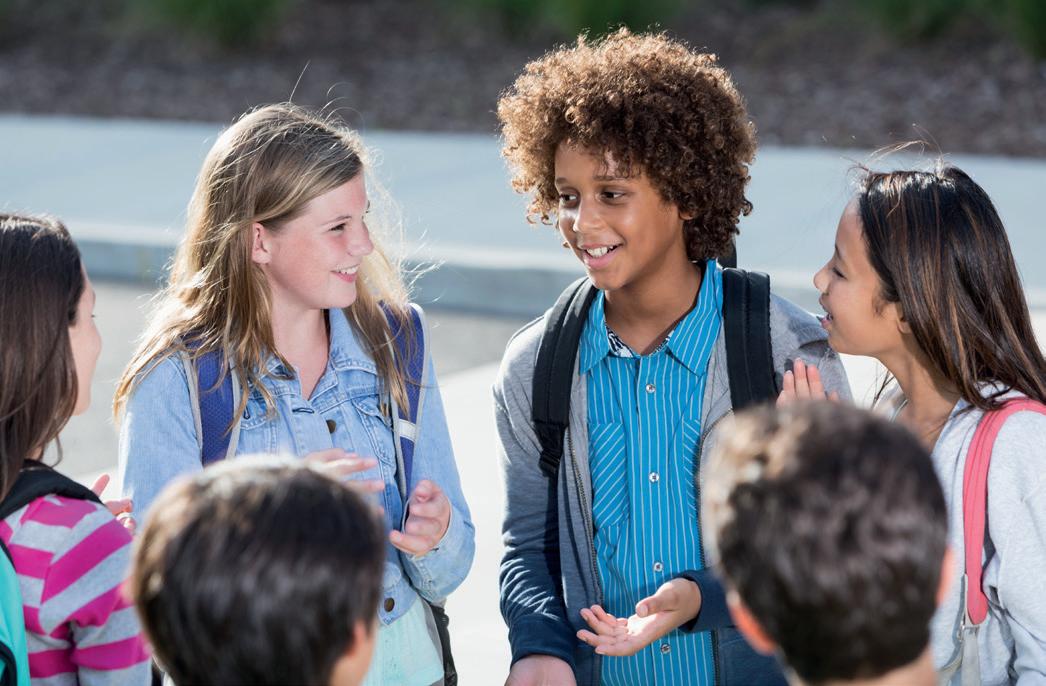

Brian and I on the basketball team.
I not very tall.
She a very famous actor in Australia.
you from the U.S.?
Complete
Hi
1 Hi! Nice
5
My
It’s
3
6 !
2
. 2 Match
3 1
2
3
4
5
6
B
D
1
2
3
4
5
6
7
8
9
10
4 Introductions 4 Workbook page 4 Welcome 0
the conversation with the words in the box. Then listen and check.
name is Nice This is meet What’s ✓
to 4 you, too.
my friend, Amy. Hello. 1 What’s your name?
2 Tyrone.
nice to meet you, Amy.
to meet you, Tyrone. My name is Carolina.
I 1 am you are he / she / it
we 3 you are they 4 Complete the table with the correct form of the verb be
1–6 with A–F
Carla is
Daniel and Oliver
Manchester United
Sergio
Is Javier
Are Hugo and Teresa A are at a soccer game.
is my friend. C late for his karate class?
in her room. E is my favorite team. F your friends? Complete the sentences with the correct form of the verb be.
Where Jack from?
Who your favorite singer?
Andrea and Jamie at the park?
Why it so cold today?
1
Number the conversation in the correct order. Then listen and check.
Canada. How old are you?
I’m from Brazil. Where are you from, Denise?
Hi! What’s your name?
Cool! I’m twelve, too.
My name’s Eddie. What’s your name?
I’m twelve years old. Denise. Where are you from, Eddie?

Work in pairs. Role play introducing yourself. 6
Hi! My name is Paulo. What’s your name?
My name’s Celia. How old are you?
I’m thirteen years old.
Question words
Look at the answers and write the correct question words. 1
Circle the correct word. 2
1
3 2
4 5
Where are you from?
old are you? time is it? is the game?
It’s two o’clock. On Saturday.
How What When Why Where ✓ Who I’m from Chile. is that girl?
That’s my friend, Emily.
isn’t Todd here?
He’s sick today.
3 When / What time you get up in the morning?
4 How / Why do you get to school?
5 Where’s / What’s your favorite color?
6 Who / What is your favorite sports person?
7 Where / What do you go on holiday?
8 Who / When are you happy?
Work in pairs. Ask and answer the questions in Exercise 2. 3
How old is your friend?
My friend Kate is twelve years old.
5 Workbook page 4
5
Why do you like Kate? 6
I’m thirteen. ?
1 How / Who old is your friend?
2 How / Why do you like your friend?
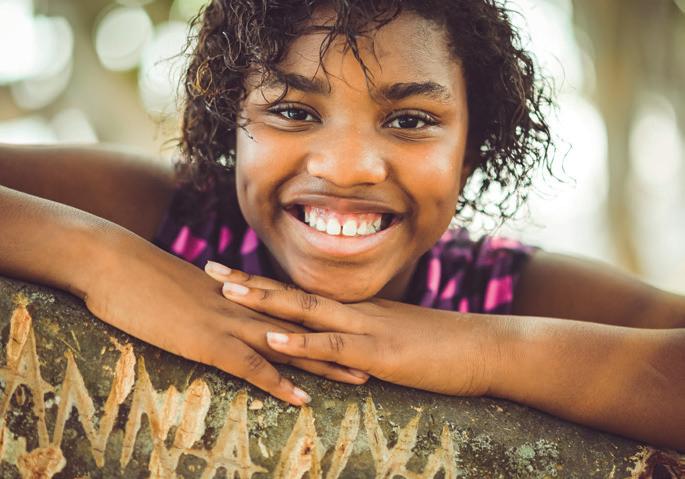


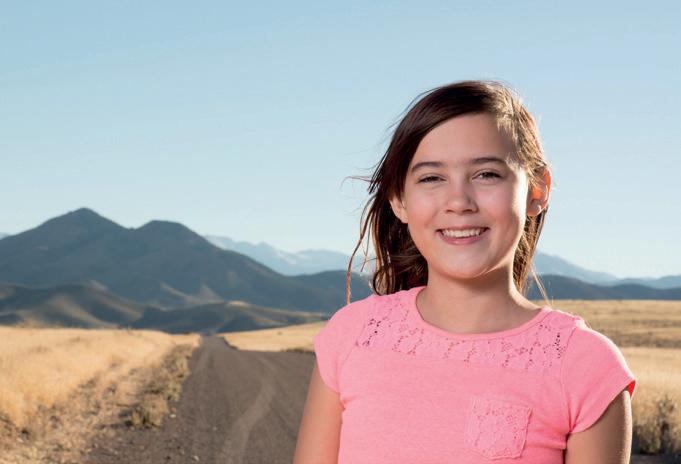



1 4 2 5 Lara is Br She’s from . Ming is Ch He’s from Tim is Br He’s from the Gabi is Sp She’s from Spain. Damien is Fr He’s from Hannah is Am She’s from 1 Argentina 2 Australia 3 Brazil 4 China 5 Japan 6 Mexico 7 the UK 8 the U.S.A. Countries and nationalities Match the countries 1–8 with the nationalities A–H. 1 Complete the nationalities and write the country. Then listen and check. 2 Circle the words to complete the sentences. Then listen and check. 1 Meaghan is from Australia / Australian 2 Altan is Turkey / Turkish 3 Isabel is Peru / Peruvian 4 Declan is from Ireland / Irish 5 Omari is from Egypt / Egyptian 6 Yua is Japan / Japanese. 3 Choose a country and nationality. Ask and answer with a partner. 4 3 6 I’m from Mexico. I’m Mexican. Where are you from? A Japanese B American C British D Mexican E Chinese F Australian G Brazilian H Argentinian 6 Workbook page 7






Circle
2 Replace
3 1
2
3
4
5
6
7
8
1
A
4
A
2
5
1
I
2
3 he
5 6
7 Workbook page 5
the words to replace the names in blue.
the names in blue with a subject or object pronoun.
Ben is a good student. He
Eva is in my math class.
Alex and I are at the park.
Are David and Matt here?
Give the book to Paola
Please sit next to Max.
I see Kylie and Sam after lunch.
Is this chocolate cake for Nate and me?
This is Kate’s lunch.
she B him C her
The grapes are for Laura and me.
we B us C our 3 The cookies are for Sara and Lisa. A they B them C their 6 (You are Rodrigo.) This is Rodrigo’s pencil. A our B you C your
These are George’s glasses. A he B his C him
(I am Fran.) This is Fran’s book. A my B me C I Subject and object pronouns and possessive adjectives Complete the table with the correct pronoun or possessive adjective.
Subject Object Possessive
1 my
you you
4 his she her
us our they 7 them their My friends love English. They love English. They love it
2
3
4 1
2
3
4
5
6
2
Numbers
1 10
60 20
1 S u n
2
3
4
5
6
7
8 Workbook page 6
Days, dates, and times Put the months in the correct order. 1 September February April 1 January March October December August June July May November Complete the days of the week.
Work in pairs. Ask and answer. What is your favorite month? What is your favorite day of the week? Why?
My favorite month is January because I go on vacation. What is your favorite month? Why? Use capital letters for months and days of the week. A second B fourth C sixth D third E first F fifth Match the numbers 1–6 with the ordinal forms A–F.
one
two
three
four
five
six Listen and circle the correct number.
Write three numbers from 1 to 100. Then say the numbers for your partner to write them. Are they correct? 3 A 42 / 82 Water Street B 17 / 70 Park Avenue C 99 / 9 Bridge Street 47 Apple Street Maple Street River Avenue Broad Street D 21 / 61 Main Street E 18 / 80 Palm Circle F 25 / 85 Market Street
Write the missing numbers.
ten
70 30 80 fifty forty ninety 100 Forty-seven Apple Street Use in + month. Use on + day.
day
M day
T day
We day
Th day
F day
Sa day
Listen and complete the dates. Then try to match the dates with the pictures. 4 1 April 23 , 1564 4 January , 1756 2 July 20, 5 April , 1912 3 May 24,
Mozart is born. Shakespeare is born. Neil Armstrong is the first person to walk on the moon.


The Titanic sinks. Queen Victoria is born.


October 6, 2022 6 October 2022 10/06/22 06/10/22
Listen and complete the form. 5
Name: 1 Jamie Wilson Address: 4 Pine Avenue Age: 2 years old Phone: 5 –816–9502 Birthday: 3 Email: jwilson6 @fastmail.net
Ask and answer about birthdays. Make a class calendar with students’ birthdays. 6
When is your birthday? Match the clocks 1–4 with the sentences A–D. 7



My birthday is December 11th.
Sara’s birthday Paulo's birthday
1 C 3 2 4

A She finishes class at a quarter after three in the afternoon.
B She sometimes finishes gym class at two thirty in the afternoon.
C She starts class at nine o’clock in the morning.
D She starts class at a quarter to eight in the morning.
(two) thirty | half past (two) a quarter after | a quarter past

1 A B C D E
9 Workbook page 6


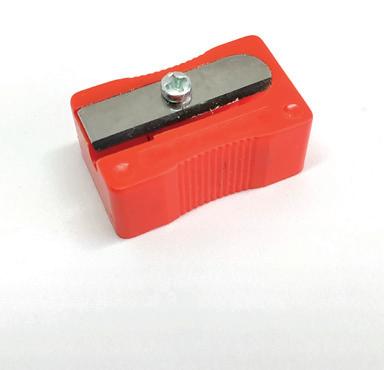

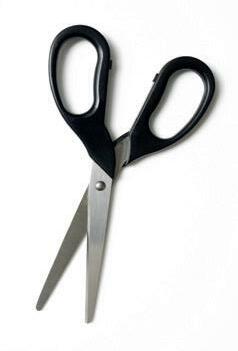



















your hand. Red apples! Put the letters in the correct order to make color words. What do you see? 1 School gray | grey eraser | rubber Listen and mark (✓) the things in the bag. 1 an eraser a gray calculator a pencil colored pencils a red pencil sharpener a green notebook a yellow pen a blue pen black scissors Complete the sentences. Then listen and check. 2 1 rde red 2 noareg 3 woelly 4 reeng 5 uebl 6 lupper 7 ronwb 8 kinp 9 theiw 10 argy 11 clkab Colors ✓ 1 5 3 7 9 2 6 4 8 10 11 1 3 2 4 Close Open Raise Work your book. your book. together. 10 Workbook page 7
2
5
6

Work in pairs. Describe a classroom object for your partner to guess.






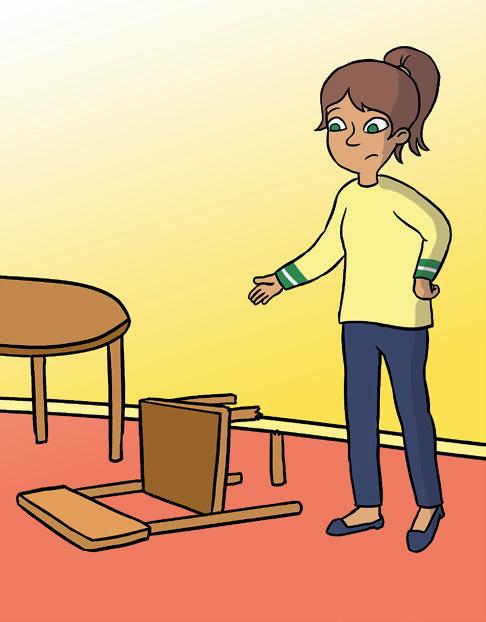
It’s on the teacher’s desk. It’s pink.
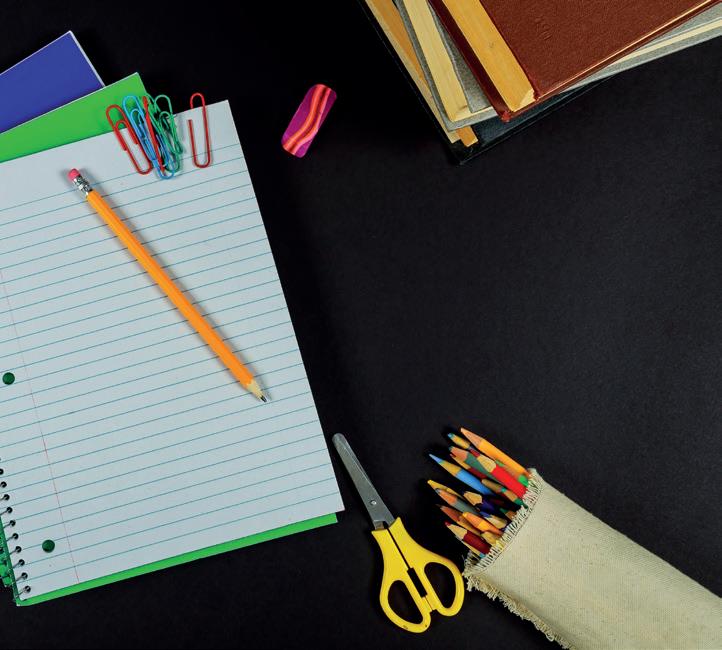


1 5 2 6 3 7
4
3
4
Demonstratives; prepositions of place Look and write this, that, these, or those. 1 This book is heavy. I think chair is broken. books are heavy. notebooks are from last year. photo is important. students are in my class. is my desk. Can I use computer?
8 3 11 Workbook page 7
Look and complete the sentences with in, on, next to, and under. 1 The blue notebook is under the green notebook. 2 The scissors are the colored pencils.
The colored pencils are a pencil bag.
The pencil is the notebook.
An eraser is the notebooks.
There isn’t any writing the paper.
An eraser.




